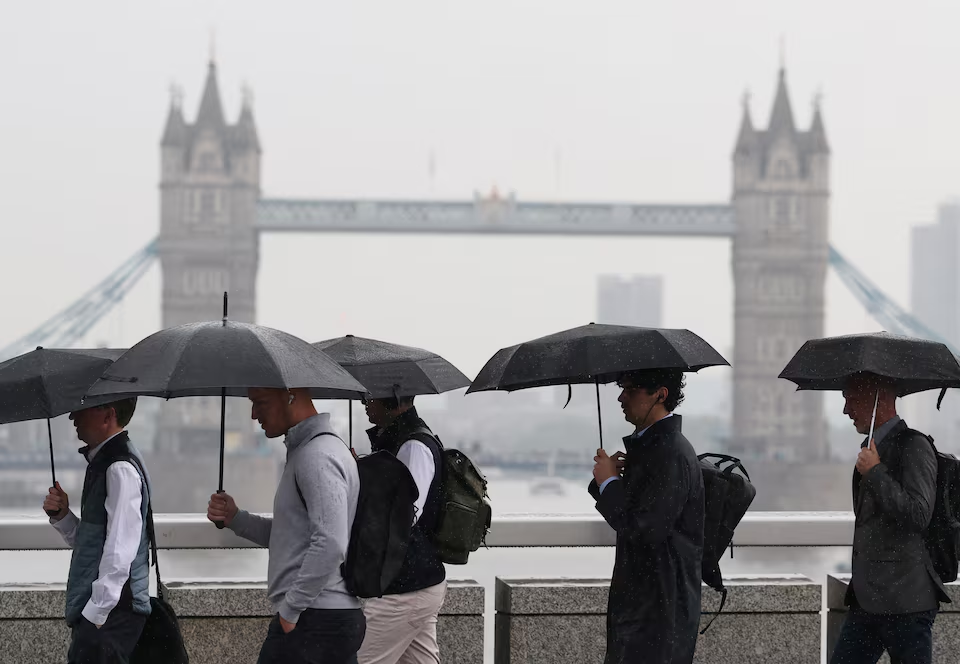In a remarkable and chilling historical discovery, Argentina’s Supreme Court has uncovered 80 boxes filled with Nazi-related materials that had been hidden away in its basement for decades. The materials were originally seized by Argentine customs during World War II in June 1941 and were thought to have been forgotten. These items were discovered as part of a routine archival check while the court staff were preparing to establish a new museum in the building.
The collection includes Nazi propaganda materials, photographs, postcards, and thousands of notebooks from the Nazi Party. The boxes had been sent from the German Embassy in Tokyo aboard the Japanese steamship Nan-a-Maru, which was intercepted by Argentine customs officers upon its arrival. This interception took place at a time when Argentina was officially neutral in the global conflict, but tensions surrounding the presence of Axis powers in the region were high.
The materials contained within the boxes were considered a potential threat to Argentina’s political stance at the time. Many of the items represented pro-German and pro-Nazi ideology, reflecting the Nazis’ attempts to spread their influence and propaganda even in neutral countries like Argentina. The Argentine government, which had been cautious in its diplomatic stance, viewed these materials as a potential source of internal unrest and a challenge to its neutrality. As a result, they were seized and stored away, likely to prevent any use that could destabilize the nation.
For years, these materials were left undisturbed in the court’s archives. The rediscovery of this collection raises intriguing questions about the remnants of Nazi influence in South America, a region that had become a safe haven for many Nazis and collaborators after the fall of the Third Reich. Argentina, in particular, became a known refuge for war criminals, with high-profile Nazi figures such as Adolf Eichmann and Josef Mengele reportedly taking residence there after the war ended. The contents of the newly discovered boxes could offer valuable new insights into how these networks operated, providing researchers with primary sources to study Nazi efforts to infiltrate and influence neutral and sympathetic countries.
The Holocaust Museum in Buenos Aires has been invited to help preserve and document these materials. The museum’s involvement is crucial in ensuring that the collection is handled with the necessary expertise to protect its historical value. The materials may yield new evidence about Nazi operations in Latin America during and after the war, shedding light on the strategies and tactics used to maintain their reach and influence long after the Axis powers’ defeat.
This discovery is not only significant for its historical value but also for its potential to deepen our understanding of the global reach of Nazi propaganda and the lingering presence of Nazi sympathizers in the post-war world. The fact that these materials have been preserved for over 80 years, hidden in plain sight in the basement of one of Argentina’s most important judicial institutions, speaks to the long-lasting shadow cast by the Nazi regime even after its fall.
In the coming months, it is expected that experts will carefully catalog and assess the materials in order to determine their full significance. This process will likely involve historians, archivists, and legal experts, as the court documents and propaganda could have legal, cultural, and political implications. Argentina’s continued efforts to reckon with its past and ensure the preservation of historical documents like these will be crucial in understanding how the world moves forward from its darkest chapters.
Source: Reuters



